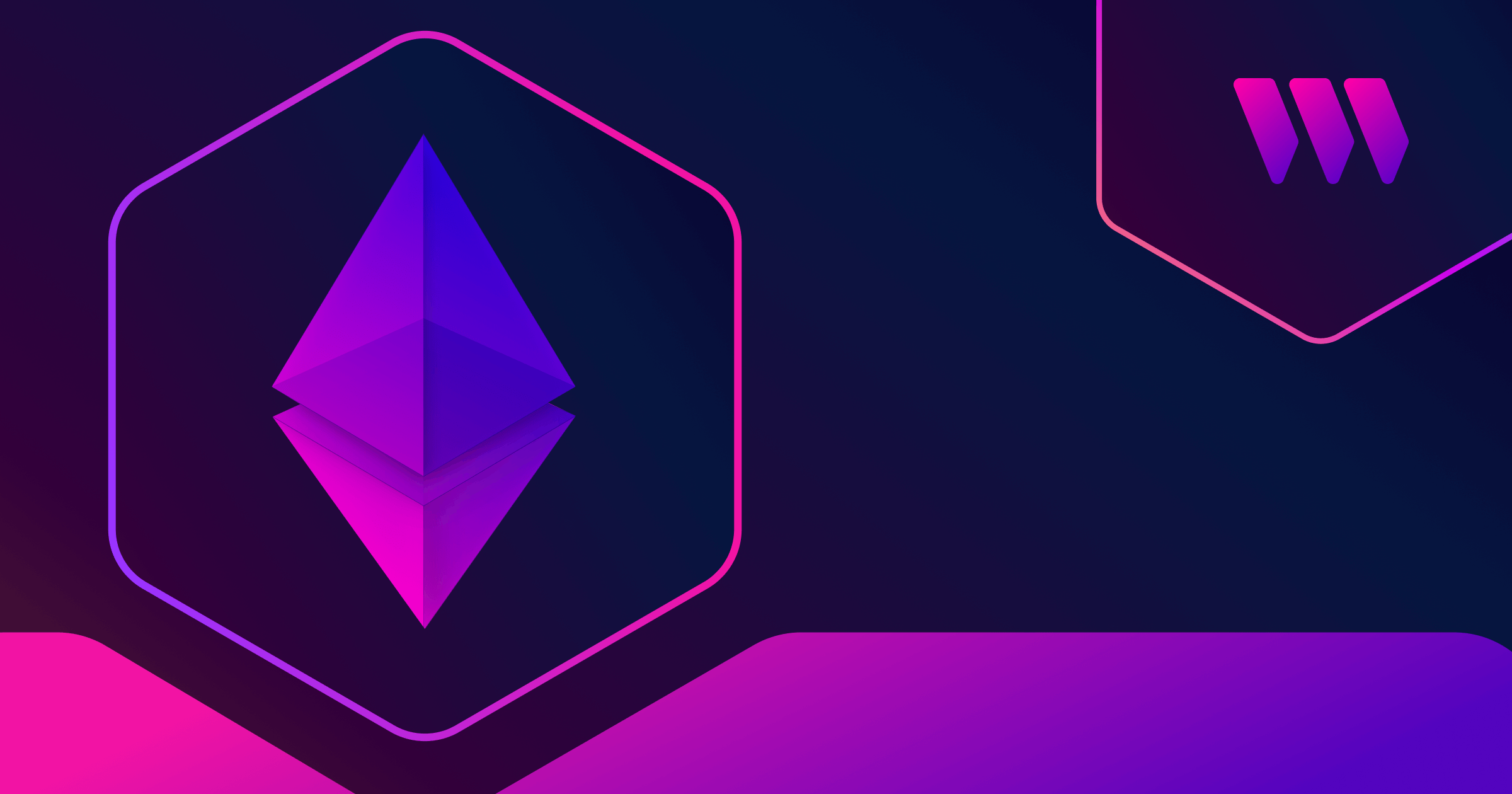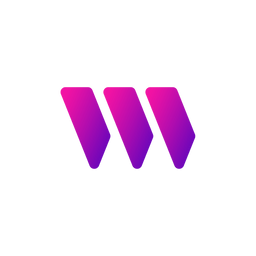How to Become a Blockchain Developer

Blockchain technology is revolutionizing the global digital economy, and it is now being practically applied across industries — including finance, gaming, social media, and more.
As we move towards a more decentralized digital world built on the blockchain, it opens up new career and job opportunities.
In the Ultimate Roadmap to Become a Blockchain Developer, learn everything you need to kickstart your web3 journey — from the basic concepts of blockchain to building full-stack web3 apps on decentralized networks.
Here's an overview of the topics we'll cover:
- What is web3?
- What is blockchain?
- What are smart contracts?
- What is Solidity?
- What are web3 wallets?
- How to create a web3 wallet and get testnet tokens
- What is thirdweb?
- Smart contracts standards on Ethereum
- How to create a smart contract
- What tools do you need to create smart contracts & blockchain apps?
Let's dive in!
What is web3?
Before exploring web3, let's first understand the very beginning era of the internet and how it has evolved:
Web1: The Information Era
Web1 mainly consisted of static web pages with a read-only type interface where users could retrieve information but not interact with applications.
Web2: The Social Network Era
Web2 introduced dynamic web & interactive applications like social media, e-commerce, etc. It enabled users to interact, create content, and engage with other users on the internet.
However, the web2 era of the internet is way too centralized. Users' data & privacy is at the hand of big companies.
Web3: The Decentralized Internet
Web3 redefines user ownership by introducing the concept of the decentralized web. It refers to taking control of digital ownership from a single centralized authority and transferring it back to users.
This empowers users to truly own their data and decide on how they interact and deal with it.
Web3 achieves decentralization through blockchain, where data is scattered across a decentralized network of nodes rather than being held on a centralized server. (More on this later in the blockchain section)
Here are some features web3 brings:
- Personalization: Users can control their data and personalize services based on their preferences, as they now own their data.
- Data privacy & security: It enhances data privacy and security, as users have control over their information, and decentralization reduces the risk of manipulation.
- Interoperability: Information stored on top of blockchain is publicly accessible which allows different applications to retrieve data and connect with each other to work seamlessly.
What is blockchain?
Blockchain is made of "blocks" linked together in a "chain" structure. Each block contains a set of transactions or data and a unique identifier (hash) that connects it to the previous block in a sequential order, forming a chain.
To add a new block to a blockchain, various nodes on the network must agree on the validity of the transaction. This validity is achieved by the consensus mechanism, which is a set of rules that nodes follow to reach agreement and maintain the state of the network.
Once the block of the transaction is validated, it is added to the blockchain.
The primary features of blockchain are as follows:
- Decentralization: Unlike traditional systems with a single data source, blockchains are decentralized. Data is distributed across multiple computers or nodes, so if one node goes down, others retain the information, ensuring data availability and security.
- Transparency: Blockchains are transparent, meaning that anyone can view all transactions on the chain.
- Anonymity: Users need not reveal their actual identities, like names, to perform transactions and interact with blockchains. Each user is identified through a unique address.
- Consensus Algorithms: Blockchains use consensus models like Proof of Work or Proof of Stake to agree on the ledger's state. This eliminates the need for a central authority and ensures all transactions are confirmed and recorded only if the majority agrees.
- Immutability: Information on a blockchain is immutable, which means it cannot be altered, edited, or removed after being added.
Popular examples of blockchains
Bitcoin
It is the very first blockchain, devised by an anonymous entity known as Satoshi Nakamoto in 2008. Bitcoin was created with the idea of enabling peer-to-peer transactions with a digital currency called BTC (Bitcoin).
Bitcoin uses a consensus mechanism called Proof of Work (PoW), where miners validate transactions by solving complex math problems. These miners are rewarded with mined BTC for employing their computing power.
Ethereum
Ethereum was introduced by Vitalik Buterin in 2015 with a new concept of smart contracts. It expanded the utility of blockchains, enabling both p2p transactions and the creation of smart contracts.
It is currently based on the Proof of Stake (PoS) consensus mechanism, which is more efficient than Bitcoin's PoW and requires less energy. Ethereum's digital currency is called ETH (Ether), which is used to pay transaction fees or gas to interact with the blockchain.
In this tutorial, we will mainly work around Ethereum and its smart contracts, so let’s dive into the functionalities of Ethereum.
EVM Compatibility
One of the key innovations of Ethereum is the Ethereum Virtual Machine (EVM), which allows for the creation and execution of smart contracts on its network. This virtual machine can also be implemented on other blockchains, enabling them to communicate and share smart contracts.
For developers, this allows them to create applications on one EVM-compatible blockchain and transfer them to other EVM-compatible networks with the same smart contracts and functionalities.
Some popular EVM-compatible blockchains are:
Polygon
Polygon is an Ethereum L2 and an EVM-compatible scaling solution. It is designed to enhance speed and reduce costs by processing transactions off-chain. It aims to become a framework for an interconnected "internet of blockchains” with its chain-development kit.
Avalanche
Avalanche is an EVM-compatible blockchain known for its sub-second finality to prioritize speed and efficiency. Its interoperability enables developers to seamlessly port existing Ethereum projects while enjoying improved scalability.
Base
Base is an EVM-compatible chain that uses Optimism’s OP Stack under the hood — aiming to become a standard, modular, rollup agnostic Superchain. Base will be incubated inside of Coinbase & become progressively more decentralized over time.
Learn more about EVM-compatible blockchains here!
What are smart contracts?
Smart contracts are a piece of code that automatically executes the agreement between two parties when specific predefined conditions are met. These conditions are programmed into the contract and follow an "If This Then That" code logic.
Features of smart contracts:
- Trustless: Smart contracts execute automatically on the blockchain, which enables direct and trustless exchanges between parties.
- Transparent & Immutable: Smart contracts are open for anyone to review and evaluate. Once these are deployed on a blockchain, no one can change or amend them.
- Digital assets & applications: Smart contracts open new use cases of blockchain like cryptocurrencies, NFTs, decentralized finance, web3 gaming, and other decentralized applications.
What is Solidity?
Solidity is a programming language for Ethereum and other EVM-compatible blockchains. It is used to program the code logic of smart contracts, like creating constants, variables, functions, and defining loops to execute the actual application of the contract.
What are web3 wallets?
Web3 wallets are software or devices that allow users to access and interact with smart contracts, and access decentralized applications. They also help store and manage digital assets like cryptocurrencies and NFTs.
Each wallet has two types of keys:
- A private key of a wallet is a secret piece of information that proves ownership of digital assets. It allows you to sign transactions on the blockchain and must be kept private.
- A public key is the identifier of the wallet that proves the transaction was signed by the owner of the assets. It can be shared publicly to receive digital assets or verify authenticity on the blockchain.
Learn more about web3 wallets:

What is thirdweb?
thirdweb is a powerful development framework and suite of tools designed to streamline the process of creating, launching, and managing smart contracts and web3 applications on any EVM-compatible blockchain.
These tools ease and accelerate the development process of blockchain applications, enabling developers to provide the ultimate user experience.
Here's how thirdweb empowers developers:
- Variety of developer and infrastructure tools, including the Solidity SDK kit for developing smart contracts. Explore pre-built smart contracts, and SDKs for different programming languages, such as React, React Native, Python, Go, and Unity.
- Pre-built UI components to ease the complexity of connecting wallets or creating buttons to interact with smart contracts, improving user interface development.
- An intuitive dashboard that enables developers to manage & keep track of their contracts and collaborate with team members seamlessly, all in one place.
- thirdweb provides a seamless development experience with most EVM-compatible blockchains, enabling flexibility and broad application.
- The platform is open source, which means anyone can use thirdweb's tools, and you own all your smart contracts and applications.
- Extensive documentation and additional resources, such as guides, templates, and video tutorials, to help developers.
Most popular Ethereum smart contract standards
Smart contract standards are rules that determine the behavior, methods, and functionalities of smart contracts on the blockchain. These standards vary depending on their use cases. Here, we've listed three primary smart contract standards on Ethereum with use cases:
1. ERC-20
ERC-20 is a fungible token standard, meaning one unit of such a token is equivalent to another. They are commonly used for creating digital currencies. For example, the USDC stablecoin and MKR governance token.
2. ERC-721
ERC-721 is a non-fungible tokens standard that is used to create unique, indivisible digital assets that have distinct characteristics and can not be interchanged. This serves various use cases like gaming NFTs, art, and collectibles. For example, Axie Infinity “Axie” NFTs.
3. ERC-1155
ERC-1155 is a multi-token standard that creates semi-fungible tokens, where each token can have multiple quantities. This is suitable for creating digital assets like trading cards and membership tokens. For example, thirdweb's early access membership NFTs.
How to create a smart contract?
thirdweb provides pre-built smart contracts for every use case built by web3 protocols and engineers that can be deployed without coding knowledge. These smart contracts are audited and checked, so developers can use them directly or modify them according to their needs.
Our ready-to-deploy smart contract can be used for creating loyalty NFTs, web3 games, smart wallets, and more. Here's how to deploy smart contracts with thirdweb:
- Choose the Contract: Select the type of smart contract you want to deploy based on your project's specifications, such as ERC20, ERC721, or ERC1155.
- Contract Parameters: Enter details about your contract, including its name, symbol, and description. Now, upload an image, and select your deployment chain.
- Deploy the Contract: Confirm "deploy" for deploying the smart contract and pay gas fees for blockchain transactions.
- Signature Request: After deployment, sign the signature request in your wallet to import the contract into thirdweb's dashboard.
What tools do you need to create smart contracts & blockchain apps?
To progress further in blockchain development, you'll require specialized development tools to build comprehensive decentralized applications.
- Install Node.js and npm
- Download and install Yarn
- Download Git (optional)
- Code editor IDE like VS code
- thirdweb toolkit
Learn more about everything you need to build a full-stack web3 app:

What’s next?
We hope this tutorial overview helped you better understand various blockchain concepts, including web3, blockchains, smart contracts, and their features. You can now deploy smart contracts with thirdweb Explore.
Additionally, you can refer to the following resources to learn more about how to build applications and in-depth concepts of blockchain.
If you have any questions, join 44,000+ other builders in our Discord community — or reach out to the team directly for more info on how to get started with blockchain development.
And if you want to start building smart contracts and Web3 applications, get started with thirdweb's web3 tools & SDKs — they're free:

